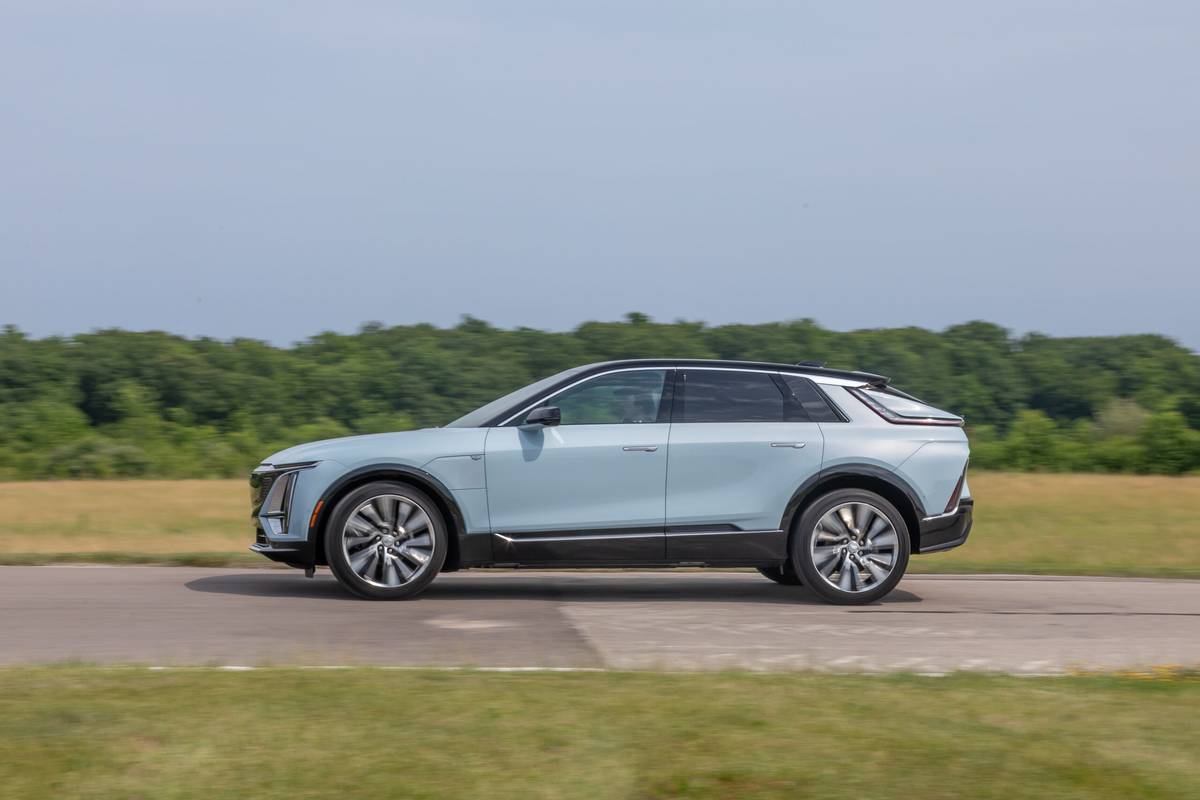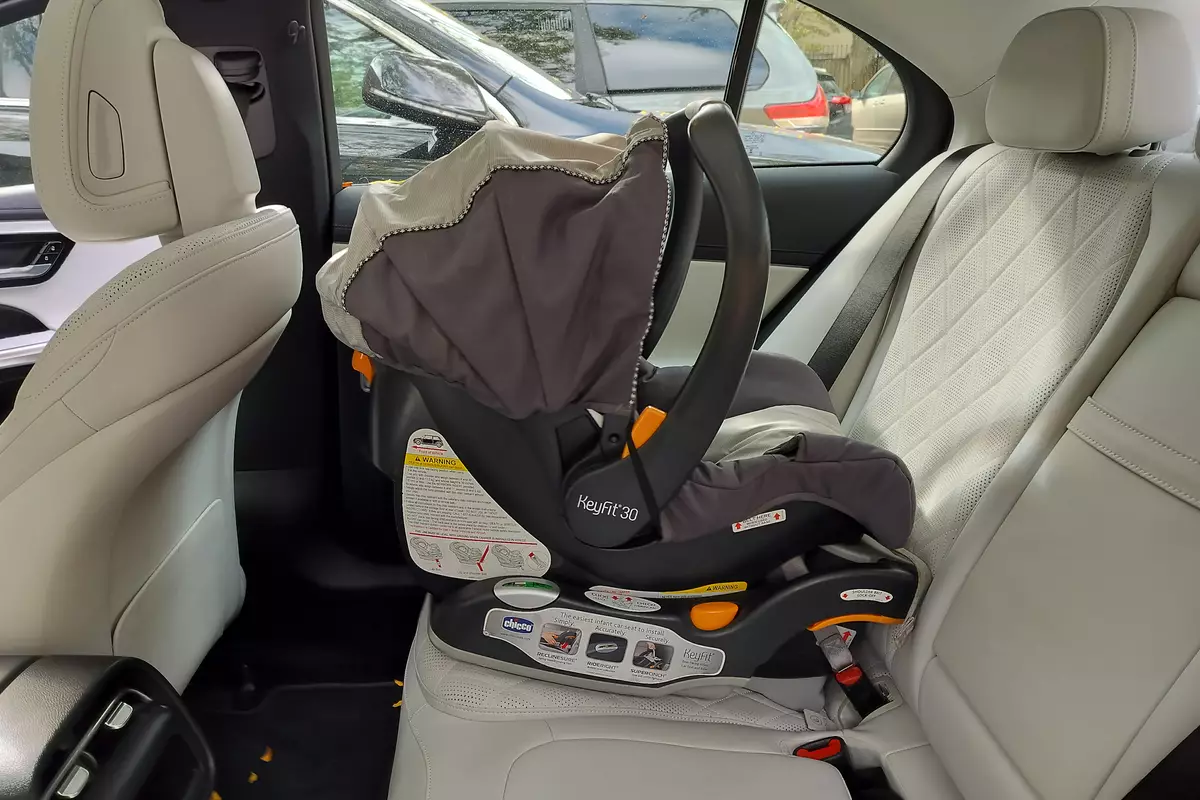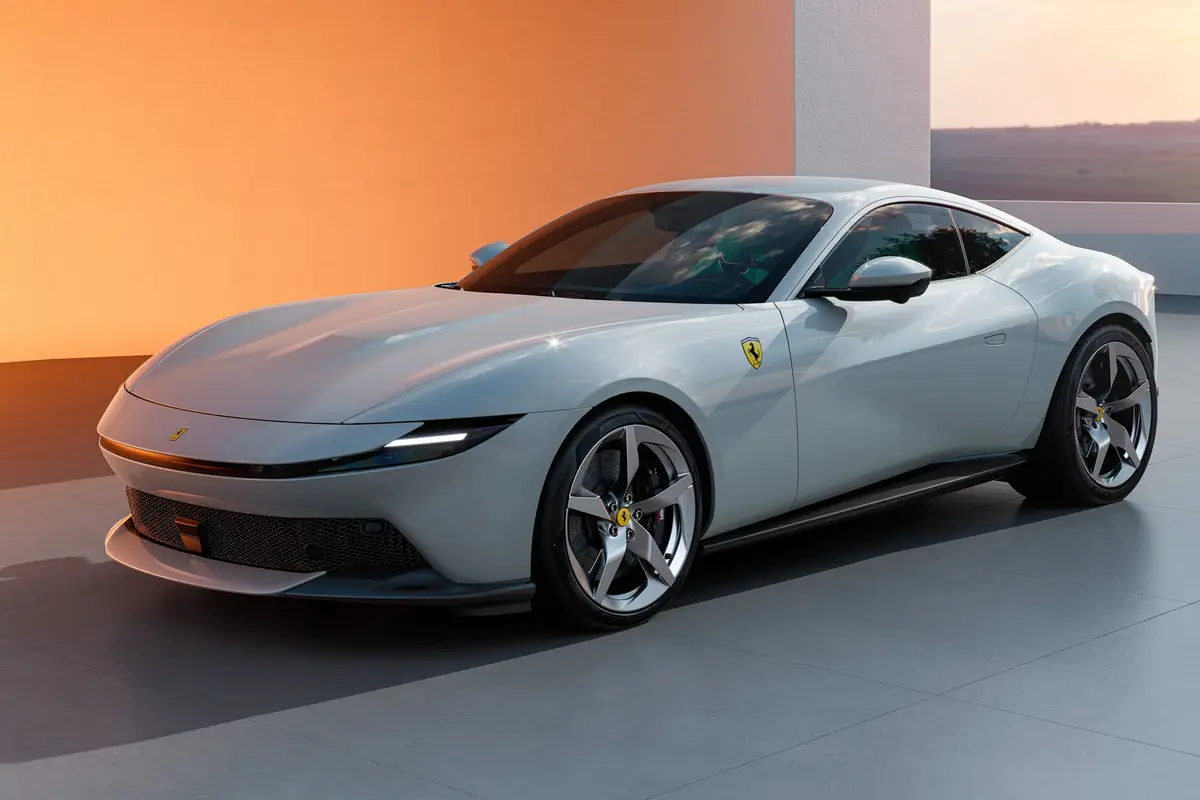chicagotribune.com's view
Ford and Mazda have done little to take advantage of each other’s automotive expertise.
Ford bought an equity interest in the Japanese automaker in 1979 and a controlling interest in 1996. But other than exchanging greeting cards, the two have been distant.
Between 1972 and ’82, Mazda supplied Ford with a small truck called Courier until the Ranger arrived in ’83.
Ford supplied Mazda with a version of its Explorer, which Mazda called the Navajo, as well as a version of the Ford Ranger pickup, which Mazda called the B-Series.
But Ford left an ingredient out of the recipe, giving Mazda only a two-door, two-wheel-drive Explorer when four-door, four-wheel-drive sport-utility vehicles were in demand. And initially Ford supplied Mazda with only a 2WD Ranger when 4WD was popular.
Mazda reciprocated by supplying Ford with a derivative of its MX6 coupe called the Ford Probe, earmarked as the successor to the Mustang until wiser heads prevailed and Mustang stayed in the lineup while the underpowered, unfashionable Probe disappeared.
But soon Mazda and Ford will take advantage of their relationship. Ford will build 10 new Ford, Mercury and Lincoln vehicles in the next three years derived from a stretched version of the Mazda6 sedan.
First up will be a pair of midsize sedans, the Ford Futura and an unnamed Mercury cousin, for the 2006 model year to replace the Ford Taurus and Mercury Sable. Also expected for ’06 is a Lincoln sedan/SUV crossover.
While the Mazda6 (105.3-inch wheelbase/186.8-inch overall length) is smaller than Taurus or Sable (108.5-inch wheelbase/197.6-inch overall length), the Fords off that stretched Mazda6 platform will be longer and wider.
Those vehicles will come in assorted flavors–front- or all-wheel-drive, 4-cylinder or V-6 or even gas/electric hybrids.
What makes the Mazda6 important is that those 10 Ford derivatives would be no more than Probe II’s if the Mazda6 wasn’t one heck of a well-built, spirited car that provides a solid foundation for a fleet of vehicles.
When we recently asked President Nick Scheele why Ford waited so long to take advantage of Mazda and derive a product, he replied:
“We haven’t utilized the strengths of Mazda for years.”
Scheele could have said: “There wasn’t any Mazda strength to utilize for years.”
Until the Mazda6.
The 2003 sports sedan replaces the Mazda 626 and Millenia sedans, dropped after the ’02 model year.
The Mazda6 was in the running for the North American Car of the Year by the nation’s automotive press but got beat out by the Mini Cooper. Shouldn’t have happened. Mini is novel; Mazda6 is nifty. But it’s hard to beat cute, and Mini took the title.
The Mazda6 is offered in i version with a 2.3-liter, 160-horsepower, Mazda-built 4-cylinder with 5-speed manual or 4-speed automatic ($850); or S version with a 3-liter, 200-h.p ., Ford-built V-6 with 5-speed manual or 5-speed automatic ($900).
We tested the Mazda6 S with manual on the road as well as at a Midwest Automotive Media Association gathering at the Road America track in Elkhart Lake, Wis.
Ford supplied the 3-liter, 24-valve, Duratec V-6 that powers the sports sedan, but Mazda tweaked it by adding twin cams. So the V-6 delivers lots of low-end, off-the-line power for quick takeoffs.
It excelled on the track with smooth bursts of energy coming out of turns or scooting down the straightaways, yet was equally responsive when passing or merging on the highway. Despite the power, the sedan delivers 20 m.p.g. city/27 m.p.g. highway with its smooth-shifting 5-speed manual (19/27 with automatic).
The Mazda6 S tested was equipped with the optional ($850) sports package with 17-inch tires/alloy wheels that contribute to its performance plus integrated fog lights, rear spoiler/side door-sill extensions and sports exhaust that add to its good looks.
Excellent response to pedal input and to wheel input . Lithe and limber, quick to react with above-average balance. And four-wheel anti-lock brakes with traction control are standard.
While the suspension is the same in all Mazda6 models, the wider, larger-diameter 17-inch radials in the sports package that replace the standard 16-inch all-seasons provide a wider footprint to raise handling a notch or two above the ordinary.
But two gripes: the optional ($850) perforated leather seats need larger side bolsters to keep the driver in place on or off track, and hiding the heated seat controls under the center console makes them difficult to see, much less use. Save $850 and go with cloth.
The cabin in this four-seat sedan is rather roomy. Good leg, head and arm room guaranteed to be even better when Ford stretches the platform on those 10 derivatives.
The trunk is spacious, and the rear seat backs split and fold if more room is needed.
Above-average ride, handling and performance with decent mileage at a reasonable price. The Mazda6 is a well-rounded package that also makes those 10 Ford, Mercury and Lincoln vehicles worth waiting for.
While offered only in FWD in the U.S. for now, the platform was designed for AWD, which would make for even more sure-footed handling on dry roads as well as insurance on snowy roads. Mazda says it is “looking at” AWD, and Ford says its derivatives will offer it.
The sedan will be joined by a wagon in January and a hatchback a few months after that.
Though one of the best cars Mazda ever has produced, it hasn’t set the world on fire. The reason: Mazda misjudged the market–and the power of its TV ad, the one in which the Mazda6 is making the huge “6” from clouds of dust.
“The midsize sedan segment is ruled by the Toyota Camry and Honda Accord and the majority of those are sold with 4 cylinders and automatics,” said Mazda spokesman Jeremy Barnes.
So when the Mazda6 went on sale last fall, most dealers were stocked with 4-cylinder models with automatics. Mazda had sold 18,000 Mazda6 sedans through May.
“Then we launched our clouds-of-dust TV ad in which the car is equipped with a V-6, 5-speed manual and the sports package and people coming into dealerships said, `Give me one of those,'” Barnes added. “We didn’t have enough V-6s or manuals. We’re trying to get the mix in line with demand.”
Base price of the Mazda6 S is $21,100 and includes air conditioning, eight-way power driver’s seat, tilt and telescoping steering wheel, power windows/door locks, remote keyless entry, AM/FM/CD player with steering-wheel mounted radio controls, body-color bumpers/door handles and power mirrors.
Popular options besides automatic and sports package are power moonroof at $700 and side air bags/curtains at $450.
TEST DRIVE: 2003 Mazda6
Wheelbase: 105.3 inches
Length: 186.8 inches
Engine: 3-liter, 200-h.p., 24-valve V-6
Transmission: 5-speed manual
Fuel economy: 20 m.p.g. city/27 m.p.g. highway
Base price: $21,100
Price as tested: $24,805. Includes $450 for side air bags and side air-bag curtains; $850 for leather upholstery; $700 for power moonroof; $220 for heated front seats and mirrors; $850 for sports package with 17-inch tires and alloy wheels, integrated fog lights, rear spoiler and side door sill extensions, sports exhaust; $635 for Bose audio package with six disc in-dash CD changer, door mounted speakers, amplifier and subwoofer and two tweeter speakers; and $520 freight.
Pluses: Finally a car with the performance, handling and spirit that Mazda always claimed its cars had. A potent zoom-zoom machine that’s also lithe and limber. Cabin room and comfort. Platform will serve as the basis for the midsize Ford Futura sedan to replace Taurus for ’06 as well as a still to be named Mercury sedan to replace Sable. Excellent performance without sacrificing fuel economy.
Minuses: Oh, how those options zoom zoom. No all-wheel-drive version as yet, though the platform is designed for it.
Latest news



